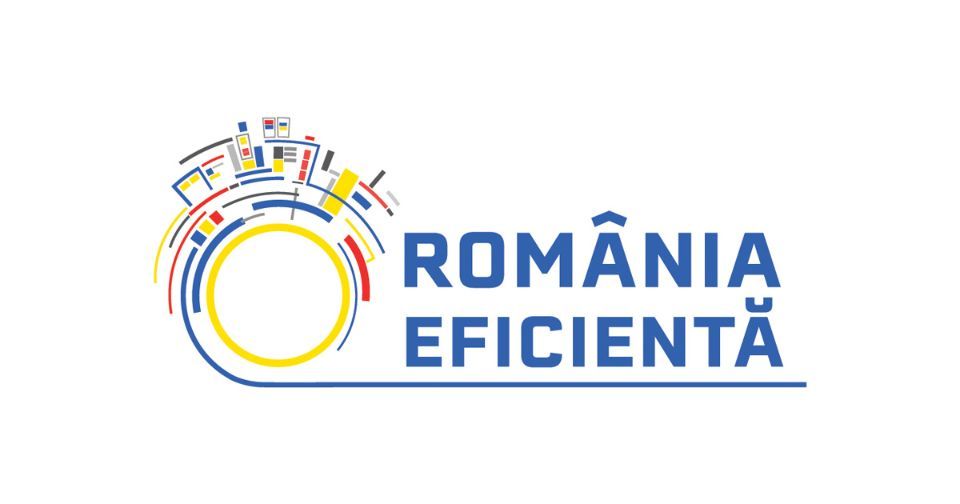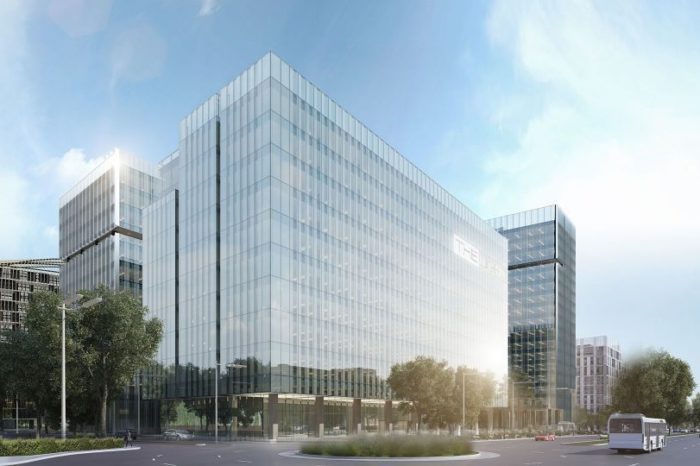Efficient Romania announces new obligations regarding the charging of electric vehicles and temperature automation in buildings

If they have more than 10 parking spaces, new residential and non-residential buildings or those that will undergo major renovation works will need to have infrastructure for the installation of electric vehicle charging stations. Equipping with automatic devices for distinct regulation of temperature and indoor air quality also becomes mandatory, according to the provisions of Law 101/2020, published in the Official Journal in July.
“Romania aligns its domestic legislation with European directives in the field of energy efficiency and thus takes important steps forward to have increasingly healthy and sustainable buildings. The pandemic has not stopped the European Commission’s efforts towards climate neutrality. On the contrary, energy efficiency remains the main pillar of the European Ecological Pact “, says Radu Dudău, president of the Energy Policy Group (EPG) and coordinator of the Efficient Romania project, the largest private energy efficiency project in Romania.
Here, in short, are the main novelties that came into force through Law 101/2020, which amends the provisions of Law 372/2005 on the energy performance of buildings:
- Provisions regarding electromobility
In the case of new non-residential buildings or those undergoing major renovation works, which have more than 10 parking spaces, investors / their owners, as the case may be, are obliged to install at least one recharging point for electric vehicles, as well as recessed piping for electrical cables for at least 20% of the planned parking spaces.
They must allow the recharging points for electric vehicles to be installed at a later stage. The rule applies when the parking lot is located inside or adjacent to the building, or if the renovation measures include the parking lot or the electrical infrastructure of the building / parking lot.
In the case of existing non-residential buildings with more than 20 parking spaces, the owners have the obligation to install by 1 January 2025 a number of recharging points for electric vehicles at least equal to 10% of the total number of parking spaces, but not less than two recharging points for electric vehicles. Exceptions to these obligations are buildings owned and occupied by small and medium-sized enterprises.
In the case of new or major renovated residential buildings, which have more than 10 parking spaces, investors / their owners, as the case may be, are obliged to ensure the installation of recessed electrical cable piping for each parking space, to allow installation in a subsequent stage of recharging points for electric vehicles.
The above provisions do not apply to new residential and non-residential buildings or those undergoing major renovations for which building permit applications were submitted before March 10, 2021. They also do not apply to existing residential and non-residential buildings undergoing major renovations. for which the estimated cost of recharging installations for electric and built-in vehicles, provided for in the general estimate and specified in the specialty memorandum, exceeds 7% of the total cost of the major renovation of the building.
- Provisions regarding the automatic temperature control
Law 101/2020 also stipulates that for new buildings whose town planning certificate is issued after September 15, 2020, investors are required to provide equipment with self-regulating devices for separate regulation of temperature and indoor air quality in each heated / cooled room , if this is technically and economically feasible.
For existing buildings, the owners / administrators are obliged to install, also insofar as this is technically and economically feasible, self-regulating temperature devices when replacing the heat / cold generators.
For existing buildings connected to district heating systems, if the replacement of heat generators in the district heating system with self-regulating devices is not economically feasible or may lead to violations of ownership, owners / administrators are required to install self-regulating devices when heat exchangers in buildings are replaced.













